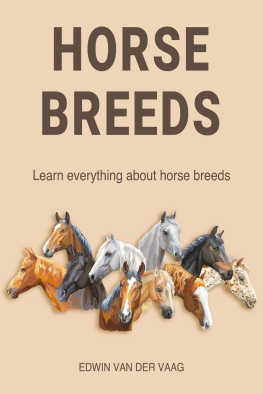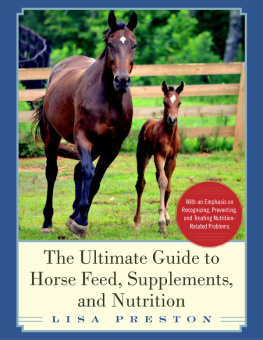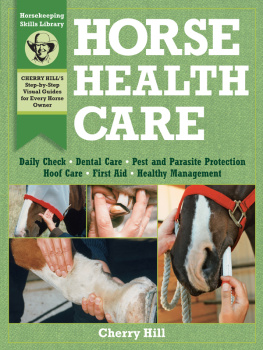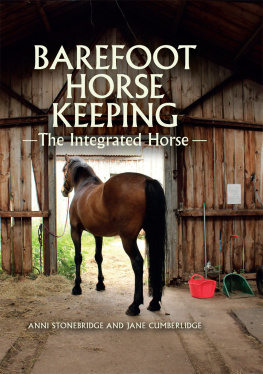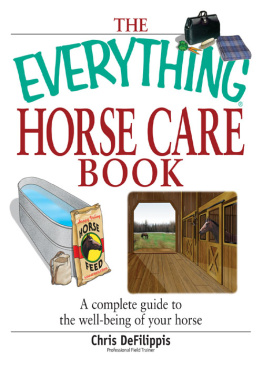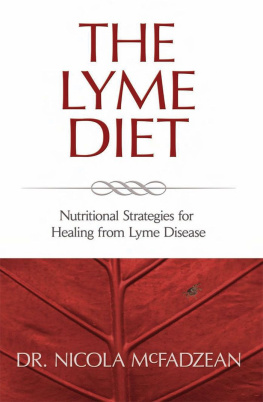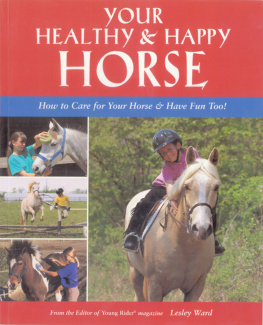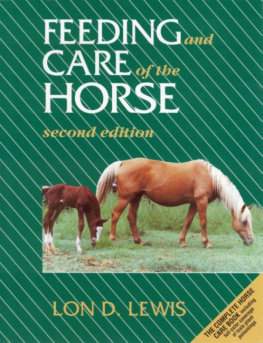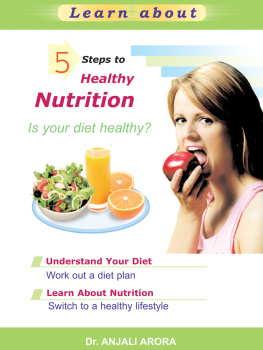The Horse Nutrition Handbook
THE
Horse Nutrition
Handbook
MELYNI WORTH

The mission of Storey Publishing is to serve our customers by
publishing practical information that encourages
personal independence in harmony with the environment.
Edited by Rebekah Boyd-Owens, Sarah Guare, and Deborah Burns
Art direction and book design by Cynthia N. McFarland
Cover design by Alethea Morrison
Text production by Jennifer Jepson Smith
Cover photograph by Dusty Perin
Author photograph by Pics of You
Illustrations by JoAnna Rissanen, except for: 62 bottom left and 63 bottom right
Bobbi Angell; 54 and 205 Elayne Sears
Expert review by Judith Reynolds
Indexed by Christine R. Lindemer, Boston Road Communications
2010 by Melyni Worth
The first edition of this book was published under the title Storeys Guide to Feeding Horses (2003)
All rights reserved. No part of this book may be reproduced without written permission from the publisher, except by a reviewer who may quote brief passages or reproduce illustrations in a review with appropriate credits; nor may any part of this book be reproduced, stored in a retrieval system, or transmitted in any form or by any means electronic, mechanical, photocopying, recording, or other without written permission from the publisher.
The information in this book is true and complete to the best of our knowledge. All recommendations are made without guarantee on the part of the author or Storey Publishing. The author and publisher disclaim any liability in connection with the use of this information.
Storey books are available for special premium and promotional uses and for customized editions. For further information, please call 1-800-793-9396.
Storey Publishing
210 MASS MoCA Way
North Adams, MA 01247
www.storey.com
Printed in the United States by Malloy Incorporated
10 9 8 7 6 5 4 3 2 1
LIBRARY OF CONGRESS CATALOGING-IN-PUBLICATION DATA
Worth, Melyni.
The horse nutrition handbook / by Melyni Worth. [New ed.].
p. cm.
Includes index.
ISBN 978-1-60342-541-4 (pbk. : alk. paper)
ISBN 978-1-60342-542-1 (hardcover : alk. paper)
1. HorsesFeeding and feeds. 2. HorsesNutrition. I. Title.
SF285.5.W67 2010
636.08'52dc22
2010007018
Contents
Preface
IT HAS BEEN SIX YEARS since I wrote the first edition of this book, originally titled Storeys Guide to Feeding Horses, and things have changed a great deal in the horse-nutrition world.
Feed manufacturers have begun to understand that marketing their feed on the basis of the crude protein content alone is no longer sufficient. Horse owners are becoming a savvy, well-educated lot and demand greater variety and range of feeds for their equines, plus a lot more information on the nutritive value of feed.
We have begun to understand better the role nutrition plays in many conditions that once limited the lives of horses, and while some of these disorders are still a problem, they are far more preventable and treatable when they do occur.
The development of low-glycemic feeds along with more effective supplements has helped a lot of horses and ponies to avoid conditions such as tying-up syndrome (azoturia, or Monday Morning Disease), grass founder, metabolic bone disease, and others. However, the work is not done yet; we still have a lot to learn about these conditions. This updated book will help horse owners avoid these problems and deal with them if they do occur.
The world of science is an ever-moving one. Fresh theories based on new research abound; some of the preeminent studies are included in this volume. The best possible feeding methods and the most beneficial diets continue to be developed, however, as we learn more and more about the complexities of food science and the intricacies of the equine body. But the horses themselves stay fascinating, beautiful, and alluring.
Good nutrition is the support system for your horse. I hope this new edition helps you feed your horses better and keep them healthy and sound.
Good luck, and enjoy your horses.
Melyni Worth

1

Basics of Equine Digestion
THE EARLIEST ANCESTOR OF THE HORSE was a forest-dwelling, dog-size, browsing mammal known as Eohippus. Over millions of years, on the open plains of North America, the modern equine we call Equus caballus evolved as a roaming, grazing animal. Herds of horses traveled from water hole to water hole, grazing on the tough native grasses as they walked. They covered long distances, 25 or more miles per day, and ultimately, they wandered right off the continent.

Eohippus, the 50-cm (20 in)-tall ancestor of the horse, appeared in North America about 60 million years ago.

Wandering westward across the Bering Land Bridge during the ice ages, horses left North America and populated Asia, Europe, and Africa.
During the ice ages, at least four separate migrations of horses passed over the Bering Land Bridge from North America into Asia. The formation of the ice sheets lowered the level of the oceans, allowing land once covered in water to emerge. Vegetation grew on this land and migrating horses found adequate forage. Once they arrived in Asia, the horses kept moving west and south, until the various subspecies of Equus had established themselves in Asia, Europe, and Africa. The last migrations occurred roughly 9,000 years ago. After the Bering Land Bridge disappeared about 1,000 years later, the horse, along with the sloth and the mastodon, became totally extinct in North America. No one knows exactly why the horses died off, though current theory suggests that these animals were hunted to extinction by humans crossing over the land bridge in the opposite direction from Asia into North America.
NATURES PLAN FOR FEEDING HORSES
When European explorers eventually reintroduced horses to North America, the animals adapted well to the environment that had originally shaped them. Horses are herbivores; that is, they eat only plants. They never hunt or eat prey and in fact were themselves prey animals for the large carnivores.
The range plants that they ate were sparse and often quite fibrous, containing in their cell walls large amounts of hard-to-digest cellulose. Only in early spring are grasses high in sugar and then only for a few weeks. After grasses flower and go to seed in the summer, the stalks and stems remain, containing very little sugar, if any.
The sugar solution contained within the plant cells is easily digested in the equine stomach and small intestine, but, like all mammals, the horse does not have the digestive enzymes required to break down cellulose, the material that makes up cell walls. The bonds that form the cellulose branches, called beta-glycan or beta-glucan links
Next page

